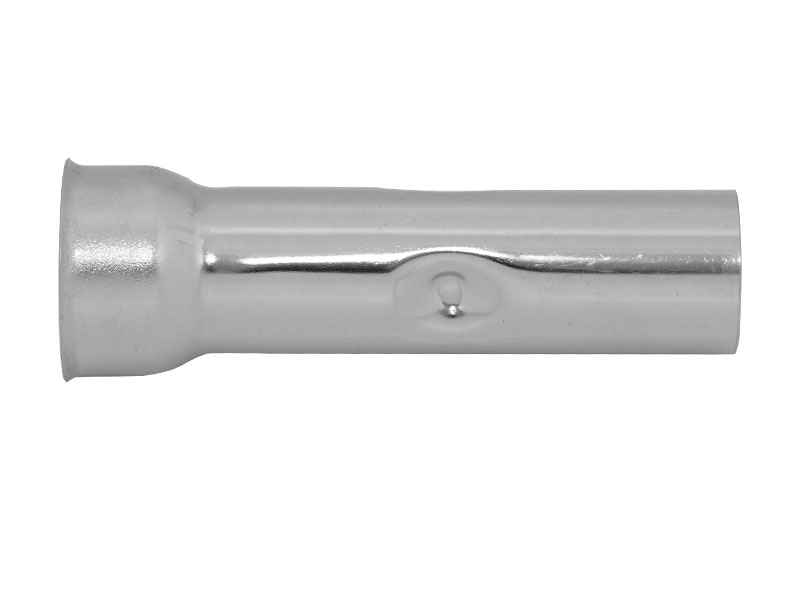Abstract:The manufacturing process of welded stainless steel pipe involves several steps, from preparing the raw materials to shaping and welding them into the
The manufacturing process of
welded stainless steel pipe involves several steps, from preparing the raw materials to shaping and welding them into the final pipe form. Here's a general overview of the process:
Raw Material Preparation: The process begins with the preparation of raw materials, which typically consist of stainless steel coils or plates. These materials are inspected for quality, and any defects or imperfections are identified and addressed.
Forming the Pipe: The stainless steel coils or plates are formed into the shape of a pipe through various methods, such as longitudinal or spiral forming. Longitudinal forming involves bending the edges of the stainless steel strip and welding them together to create a longitudinal seam. Spiral forming, on the other hand, involves helically winding the stainless steel strip and welding the overlapping edges.
Welding: The formed pipe is then welded along the longitudinal or spiral seam. Various welding techniques can be used, including:
Submerged Arc Welding (SAW): In this method, an arc is created between the electrode and the workpiece while a layer of flux covers the weld area. The flux melts to form a protective gas shield, preventing atmospheric contamination of the weld.
Electric Resistance Welding (ERW): This technique involves passing an electric current through the edges of the pipe to generate heat, causing them to fuse together.

Tungsten Inert Gas (TIG) Welding: TIG welding uses a non-consumable tungsten electrode to create the arc and a separate filler material to add to the weld.
Metal Inert Gas (MIG) Welding: MIG welding uses a consumable electrode wire that melts and fuses the edges of the pipe together.
Heat Treatment (Optional): Depending on the specific application and requirements, the welded pipe may undergo heat treatment, often referred to as post-weld heat treatment (PWHT). Heat treatment helps relieve internal stresses and improve the mechanical properties of the pipe.
Sizing and Straightening: After welding, the pipe may undergo sizing and straightening processes to achieve the desired dimensions and alignment. These processes ensure that the pipe meets the specified tolerances.
Finishing and Inspection: The welded stainless steel pipe is typically subjected to finishing processes, such as cutting to length, beveling, and end preparation. It then undergoes thorough inspection, which may include visual examination, non-destructive testing (NDT), and dimensional checks, to ensure the quality and integrity of the weld and the overall pipe.
Surface Treatment and Packaging: The finished welded stainless steel pipe may undergo surface treatments, such as pickling or passivation, to enhance corrosion resistance. It is then prepared for packaging and shipment to the customer.
